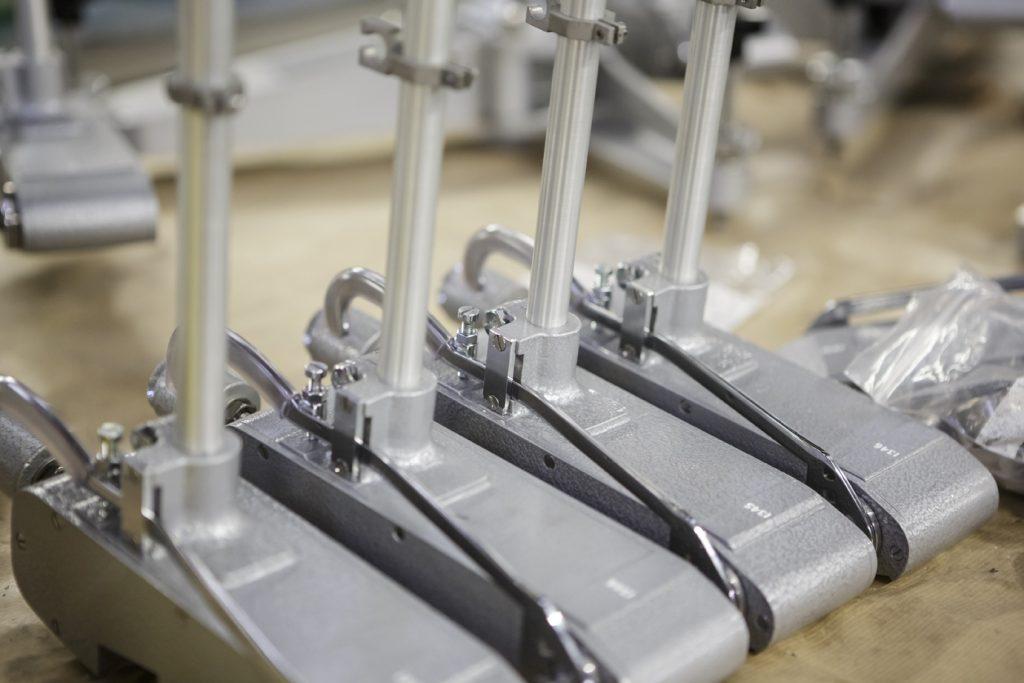Introduction to the Pendulum Tester

The British Pendulum Tester (also known as the Portable Skid Resistance Tester) is used to measure the slip and skid potential of pedestrian surfaces and roads. Originally designed to measure floor slipperiness in government buildings, the instrument was later adopted by the Transport Research Laboratory as a means of assessing road safety. The British Pendulum […]
Indoor Air Quality

Air quality is a significant concern for homes and businesses alike. The technological and material demands of modern life mean that more and more pollutants are being released into the atmosphere. Unknowingly we breathe in a host of noxious particulates and trace gases, many of which can adversely affect our health. Though shielded from vehicular […]
Marketing the Weather

Imagine being able to use the weather to predict the future. This may sound like the plot of a bad science-fiction film, but this is exactly what retailers and other businesses are doing. The result? The ability to target the right consumer at the right time, increase sales and make millions of pounds’ worth of […]



